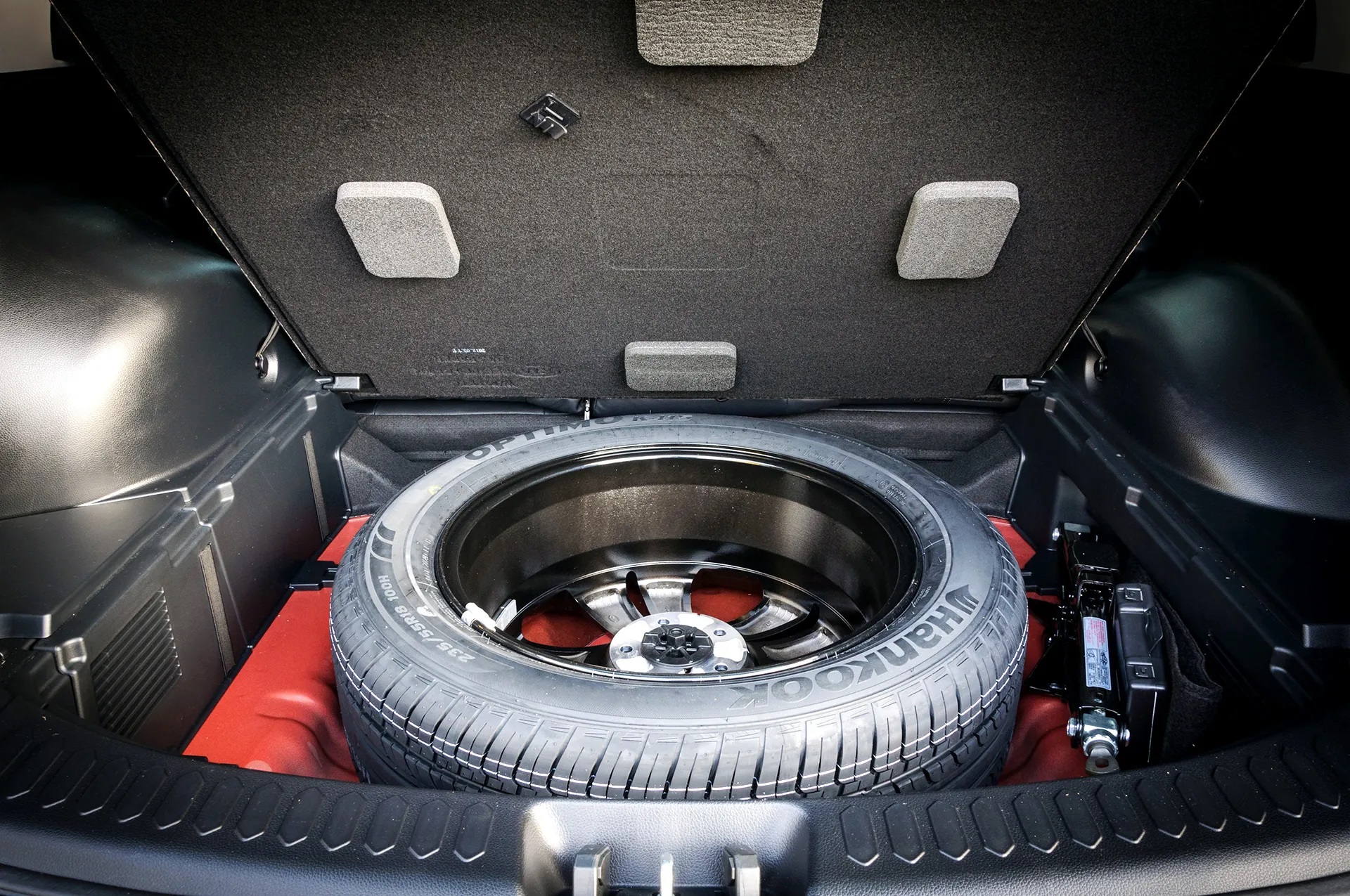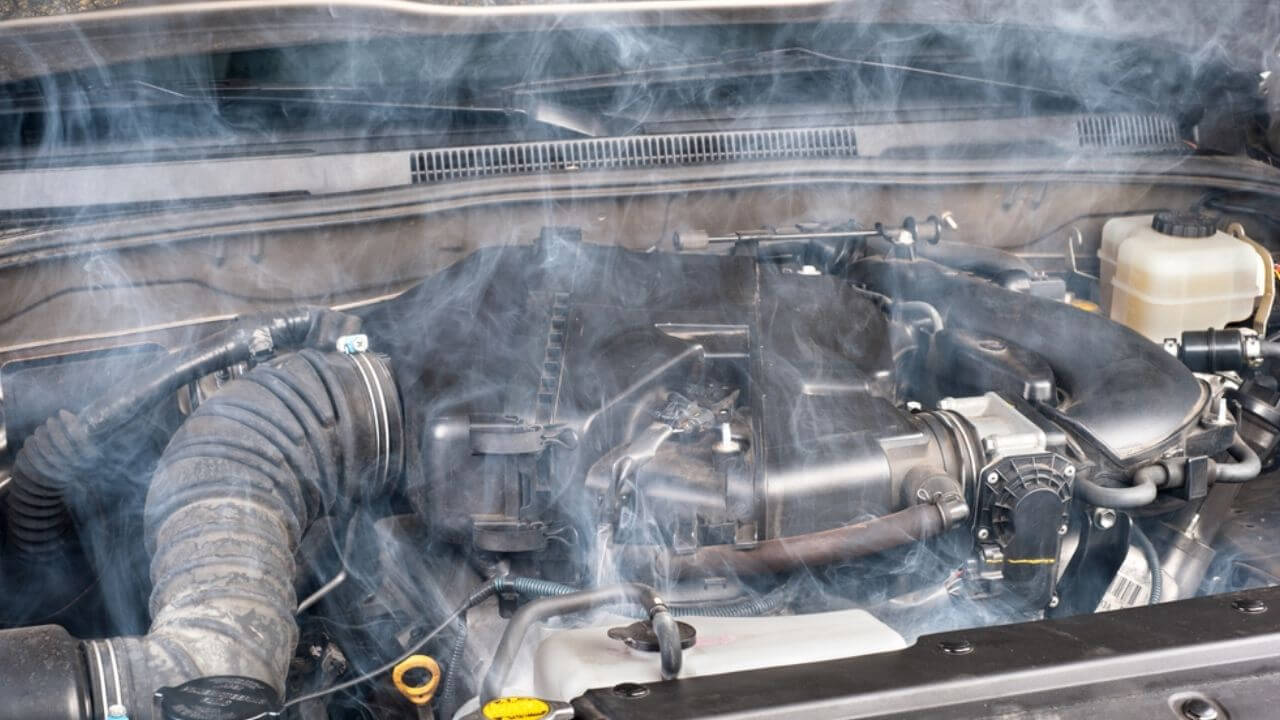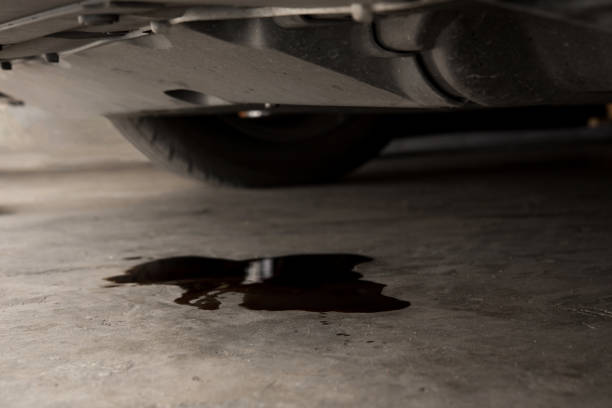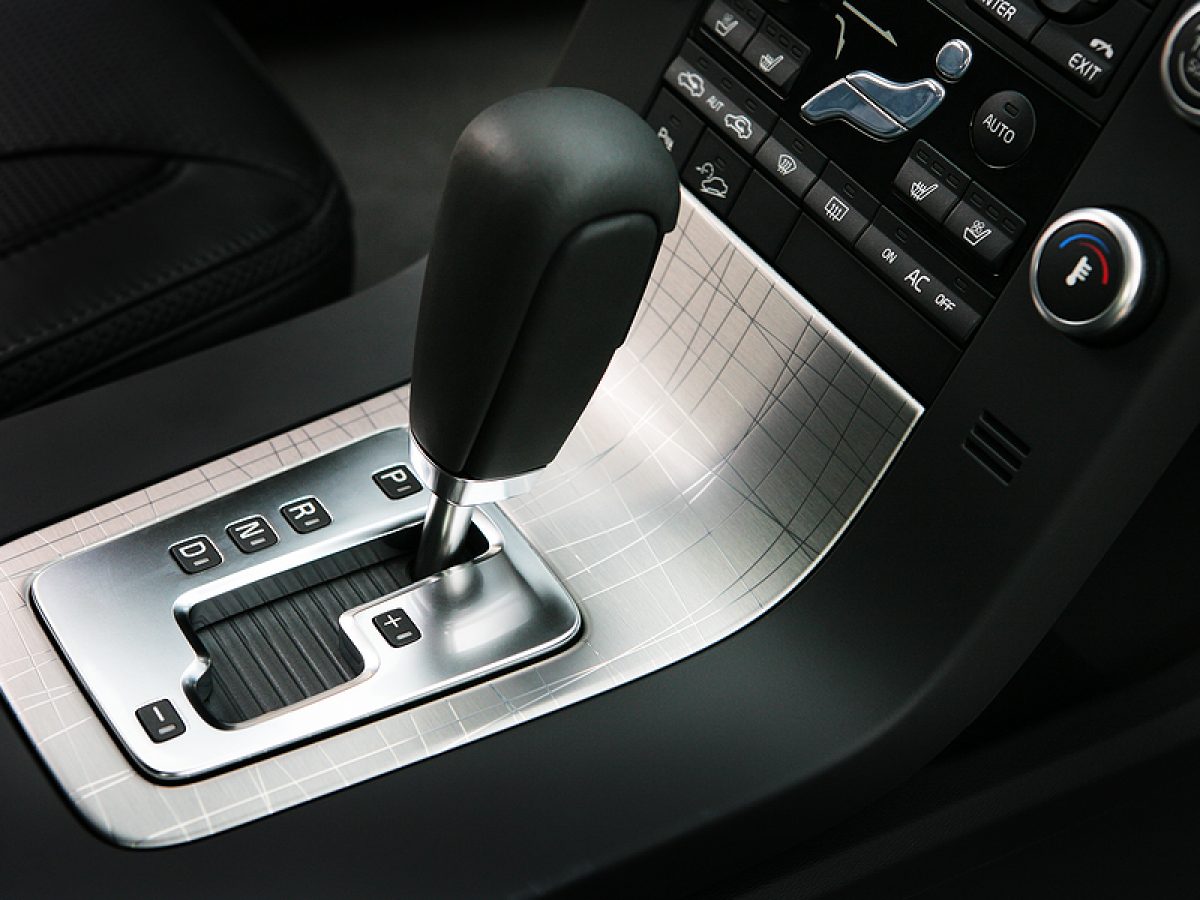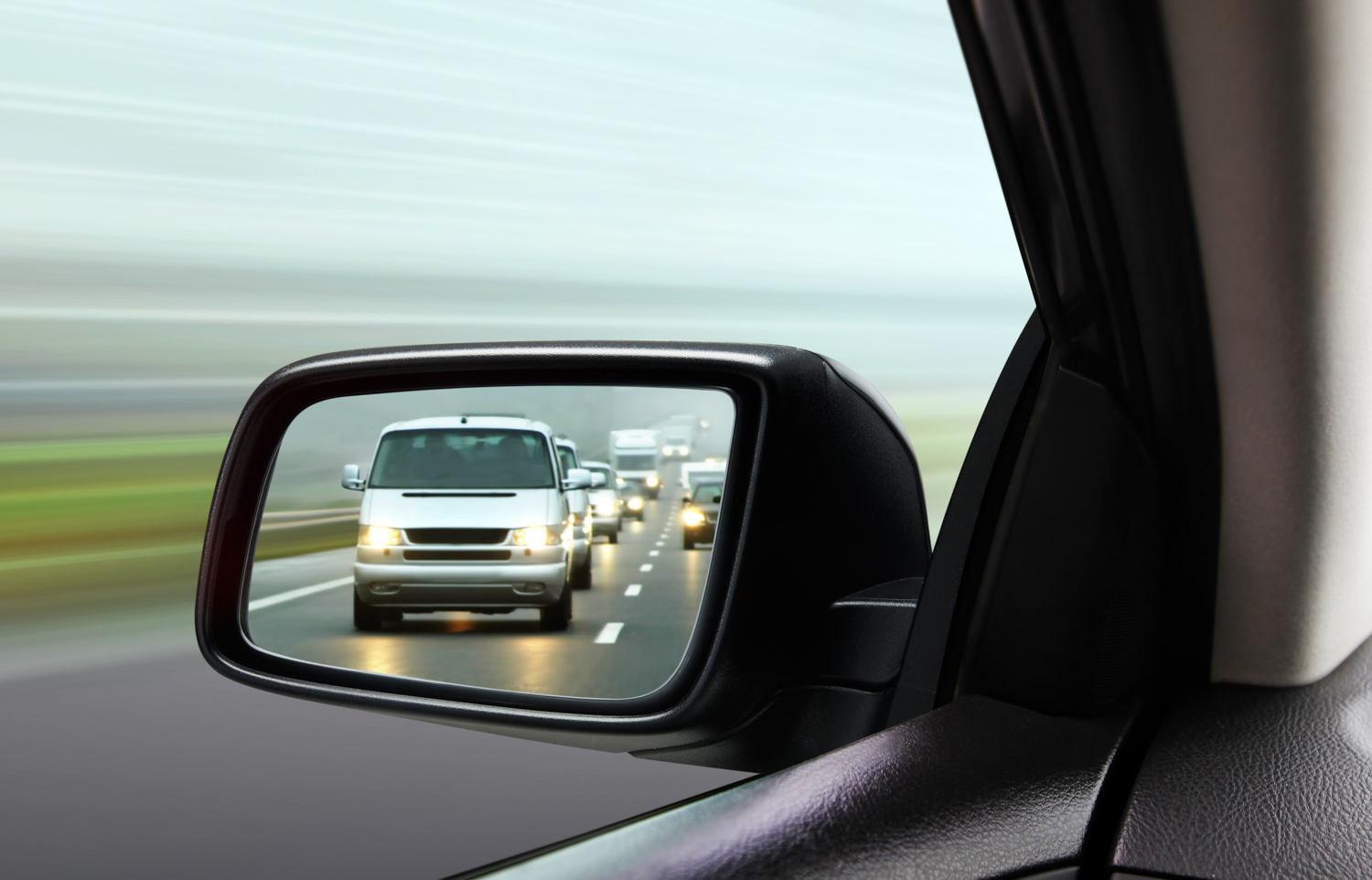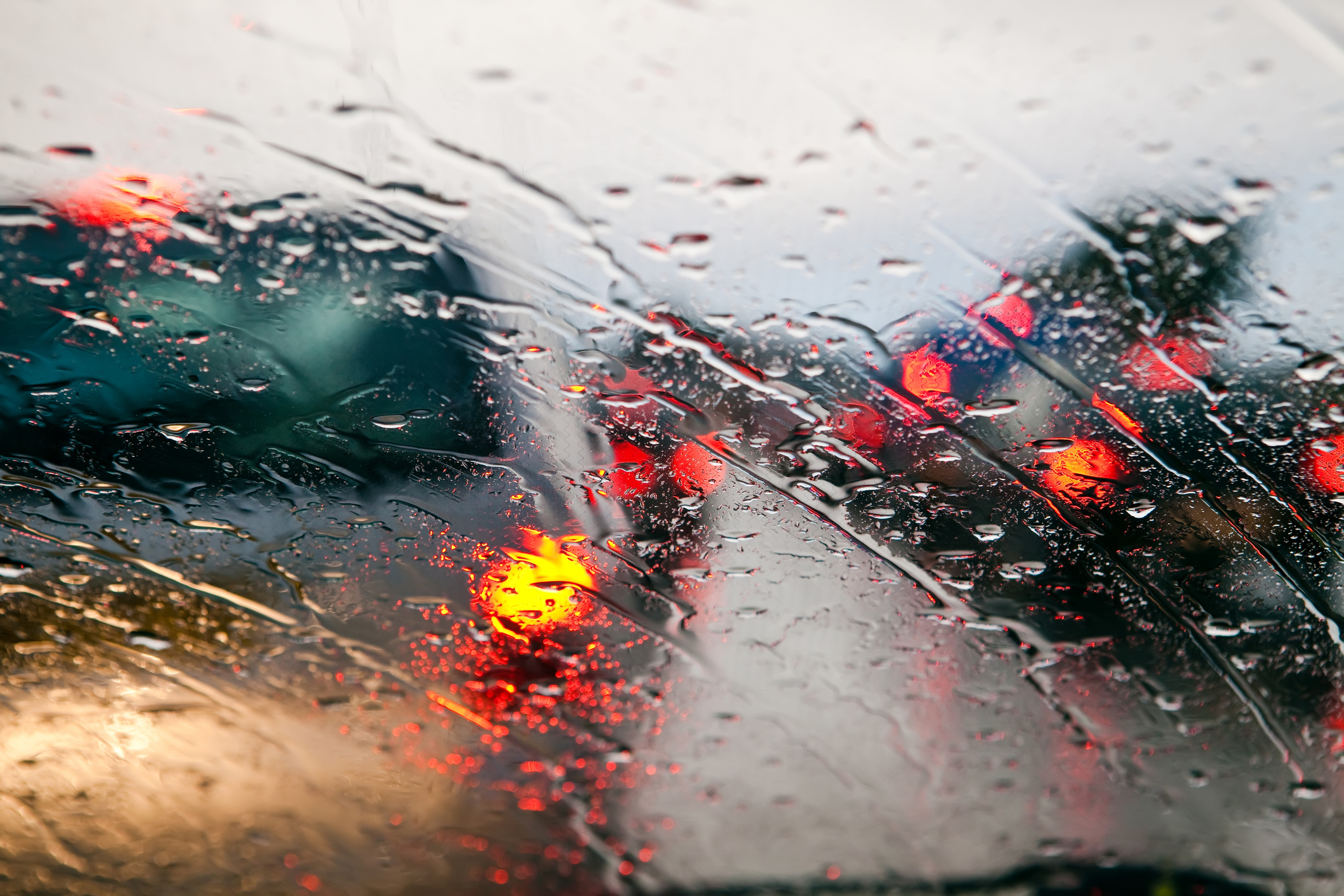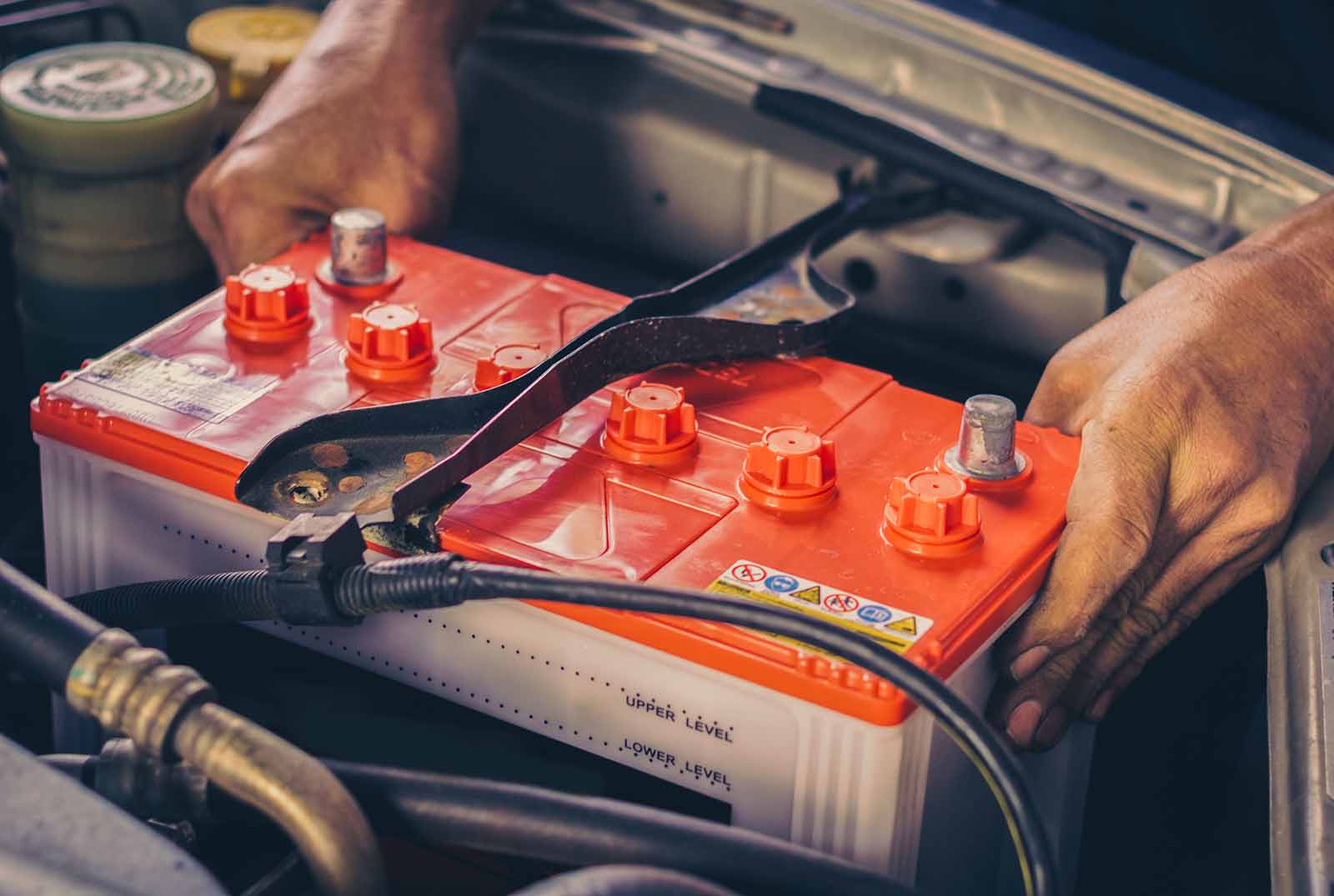If you experience a flat tire, you can switch it out with a spare. However, driving on a spare tire is only a temporary solution. If you wait too long to replace your spare tire with a long-term solution, you could encounter a wide range of problems on the road.
What Should You Do If You Experience a Flat Tire?
If you hear a bumping or thumping sound coming from your car, you may be dealing with a flat tire. When this happens, remain calm, activate your car’s emergency flashers, slow down, and pull off to the side of the road. If possible, pull your vehicle into a parking lot. Or else pull onto the right shoulder as far as you can.
Remember, driving on a flat tire is dangerous, and it can cause long-term damage to your car. It also puts you and other drivers at risk of an accident or collision. So, when faced with a flat tire, exit the road until you can either replace the tire with a spare or get help from others.
How Long Can You Drive on a Spare Tire?
The length of time you can drive on a spare tire depends on the tire itself. In fact, many spare tire options are available, including full-size, donut, and run-flat varieties.
Matching and non-matching full-size spare tires are the same size as the tires currently on your car. A matching full-size spare tire is exactly the same as the other tires on your car, while a non-matching spare is only the same size as your vehicle’s tires.
Comparatively, donut spare tires are narrow and compact, and they are designed to fit in the trunk of your car. Donut spare tires typically last for about 50 to 70 miles, and shouldn’t be driven at high speeds when using these tires.
Run-flat tires are commonly found on BMW and MINI cars. They are often stronger and more durable than other types of tires. If a run-flat tire gets punctured while you are driving, you can continue to drive safely for about 50 miles before your tire needs to be replaced.
5 Important Things You Need to Know About Your Spare Tire
If you experience a flat tire, you can switch it out with a spare. However, driving on a spare tire is only a temporary solution. If you wait too long to replace your spare tire with a long-term solution, you could encounter a wide range of problems on the road.
What Should You Do If You Experience a Flat Tire?
If you hear a bumping or thumping sound coming from your car, you may be dealing with a flat tire. When this happens, remain calm, activate your car’s emergency flashers, slow down, and pull off to the side of the road. If possible, pull your vehicle into a parking lot. Or else pull onto the right shoulder as far as you can.
Remember, driving on a flat tire is dangerous, and it can cause long-term damage to your car. It also puts you and other drivers at risk of an accident or collision. So, when faced with a flat tire, exit the road until you can either replace the tire with a spare or get help from others.
How Long Can You Drive on a Spare Tire?
The length of time you can drive on a spare tire depends on the tire itself. In fact, many spare tire options are available, including full-size, donut, and run-flat varieties.
Matching and non-matching full-size spare tires are the same size as the tires currently on your car. A matching full-size spare tire is exactly the same as the other tires on your car, while a non-matching spare is only the same size as your vehicle’s tires.
Comparatively, donut spare tires are narrow and compact, and they are designed to fit in the trunk of your car. Donut spare tires typically last for about 50 to 70 miles, and shouldn’t be driven at high speeds when using these tires.
Run-flat tires are commonly found on BMW and MINI cars. They are often stronger and more durable than other types of tires. If a run-flat tire gets punctured while you are driving, you can continue to drive safely for about 50 miles before your tire needs to be replaced.
How Far Can You Drive on a Spare Tire?
Tire manufacturers often put a 50-mile rating on their spare tires, which means you can safely drive with one of these spare tires on your car for up to 50 miles. Some tire manufacturers provide spare tires that perform for up to 70 miles, too. Check your tires for the exact mileage rating.
The quality of your spare tire dictates how far you can drive on it. For instance, a donut spare tire tends to be less durable than a full-size matching or non-matching spare tire. As such, a donut spare tire is more susceptible to damage than a full-size alternative if you are driving a long distance.
How Fast Can You Drive on a Spare Tire?
Generally, 50 mph is the fastest you should drive on a spare tire. Although there are exceptions where the manufacturer states their tires can travel greater than 50 mph, doing so would increase the risk of a blowout, especially if the spare tire has been previously used. Thus, you should try to keep your car speed under 50 mph until you can replace your spare tire.
Spare Tires: What You Need to Know
You can experience a flat tire at any time, so it is crucial to pick up a spare tire that you can use as needed. As you search for the right spare tire for your car, here are five important things you need to know:
1. Spare Tires Must Be Maintained
Much in the way your car tires require periodic maintenance, you need to evaluate the condition of your spare tire regularly. To do so, you should check the pressure of your car’s spare tire every time you have your vehicle’s tires inspected and rotated.
2. Spare Tires Sometimes Get Recalled
Tire manufacturers sometimes recall their tires, so you need to keep an eye out for potential recalls. Recalls may be issued on all types of tires, and you can use the U.S. Tire Manufacturers Association “Tire Recall Lookup” tool to track tire recalls online.
3. Spare Tires May Need to Be Replaced
A spare tire may need to be replaced, even if you have never used it. In most instances, a car’s spare tire should be replaced approximately every eight years. Your car’s manual can provide details about how frequently you should replace your vehicle’s spare tire.
4. Spare Tires May Activate Your Car’s Warning Lights
When you place a spare tire on your car and start driving, your vehicle may activate the brake and anti-lock braking system (ABS) warning lights on your vehicle’s instrument panel. This can occur if a spare tire rotates faster than the other tires on your car. In this scenario, don’t panic. Instead, continue to drive safely, reach your destination, and replace your spare tire with a long-lasting solution.
5. Spare Tires Must Be Changed Properly
If you are unsure about how to replace a flat tire with a spare, there is no need to leave anything to chance. Because if you make a mistake when changing a flat tire and try to drive a car with an improperly installed spare, you could put yourself and others in danger.
If you are struggling to change a flat tire, reach out to a family member or friend for help. You can also contact roadside assistance if it is available via your insurance company or get in touch with a tow company for support.
A spare tire is crucial, and you should always keep one in your car. That way, if you experience a flat tire, you can use your spare to help you get where you want to go.

